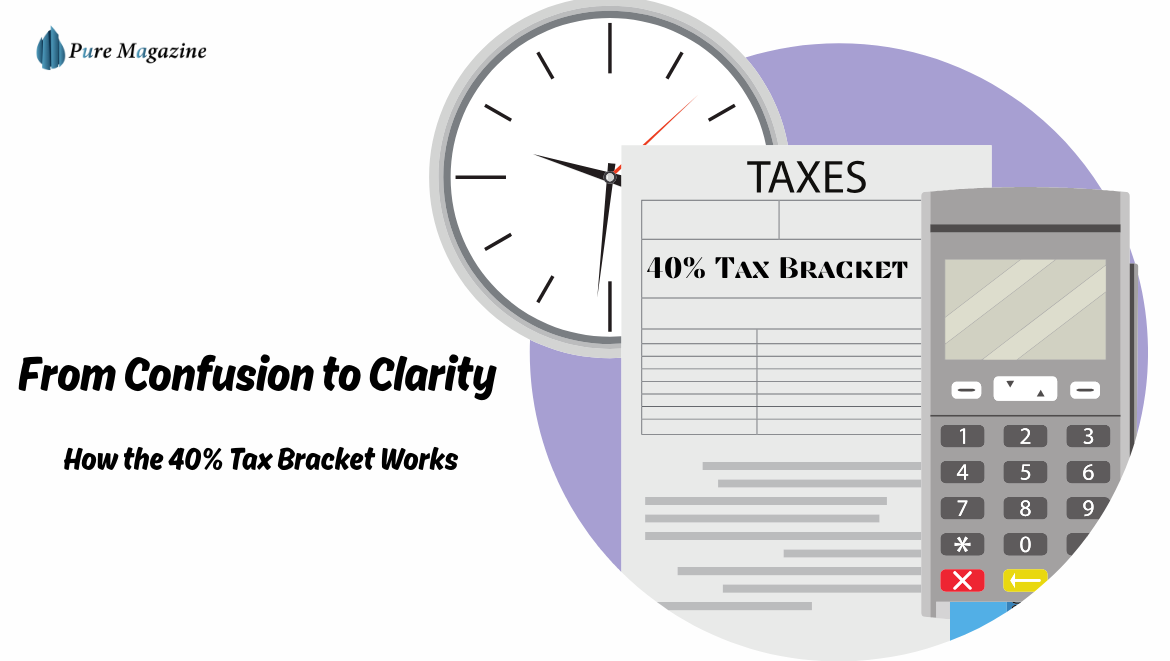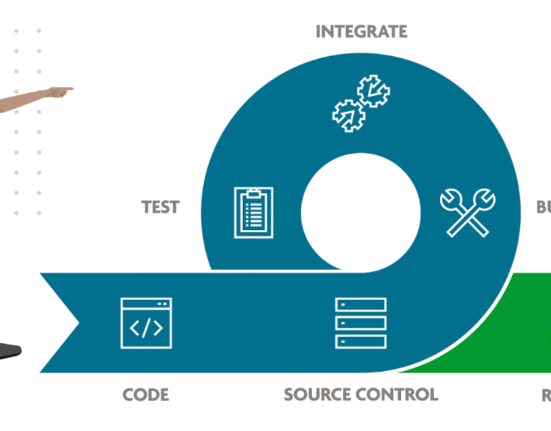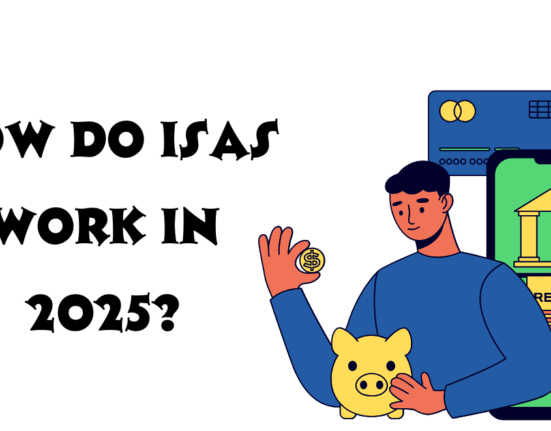Ever looked at your payslip and thought, “Wait… why does it feel like I’m giving away half my salary?” If your income has crossed a certain point, welcome to the 40% tax bracket. Don’t panic — it’s not as scary as it sounds.
In the UK, the 40% tax bracket, also called the higher-rate income tax, only applies to the portion of income above a certain threshold. Everything below that is taxed at lower rates, so most of your earnings are still in the 0% or 20% bands. For information on annual thresholds and allowances, see the new tax year.
Understanding how this works helps you plan your finances, take advantage of allowances, and avoid surprises when a raise feels smaller than expected.
How the 40% Tax Bracket Works
Think of your income as a layered cake, with each layer taxed at a different rate. You only pay the rate on the layer you occupy.
- Bottom layer (£0–£12,570) – tax-free personal allowance. Your personal allowance determines how much you can earn before paying income tax.
- Next layer (£12,571–£50,270) – taxed at 20%, the basic rate.
- Higher layer (£50,271–£125,140) – taxed at 40%, the higher-rate band.
- Top layer (over £125,140) – taxed at 45%, the additional rate.
For example, if your salary is £60,000, only £9,730 is taxed at 40%. The rest remains in the lower bands. This is why the 40% label can feel intimidating — but in reality, it only affects a portion of your income.
Real-Life Scenarios
Scenario 1: Emma earns £55,000
- First £12,570 → tax-free
- Next £37,700 → taxed at 20% (£7,540)
- Remaining £4,730 → taxed at 40% (£1,892)
Total tax: £9,432
Average tax rate: ~17%
Even though Emma is in the 40% bracket, most of her income is taxed at lower rates, which makes the headline rate less frightening.
Scenario 2: James earns £80,000
- First £12,570 → tax-free
- Next £37,700 → taxed at 20% (£7,540)
- Next £29,730 → taxed at 40% (£11,892)
Total tax: £19,432
Average tax rate: ~24%
The higher-rate tax only affects the portion above £50,270, which means James keeps a majority of his income taxed at lower rates.
Scenario 3: Couples and Combined Income
Lucy and Tom each earn £60,000. Individually, each crosses the 40% threshold. Combined, their household income can influence personal allowances, child benefits, and pension contributions. Understanding your tax codes is essential when managing joint finances. Even small adjustments in income or benefits can affect how much hits the higher rate.
Who Falls into the 40% Tax Bracket?
The 40% tax bracket generally affects:
- Employees earning over £50,270
- Self-employed individuals reporting profits via self-assessment
- Company directors combining salary and dividends
- Couples where one or both earners exceed the threshold
A tricky aspect is that tax bands have been frozen for several years. This can create “fiscal drag,” where a small salary increase pushes someone into the 40% bracket even without a real improvement in spending power. Understanding your 1257L tax code helps clarify how allowances impact the final tax calculation.
Legal Ways to Reduce Higher-Rate Tax
Being in the 40% bracket doesn’t mean you have no options. Legal methods to reduce taxable income include:
- Pension contributions: Money put into a pension reduces taxable income while saving for retirement.
- Salary sacrifice schemes: Programs like childcare vouchers or cycle-to-work can reduce taxable pay.
- Gift Aid donations: Charitable contributions reduce higher-rate tax.
- Marriage allowance transfers: Couples can shift unused allowances.
- ISAs: Interest and gains in Individual Savings Accounts are completely tax-free.
Even small adjustments can save hundreds or thousands per year. Calculators and explanations of different tax codes help determine where contributions or savings will have the most impact.
Scotland vs. England, Wales, and Northern Ireland
If you live in Scotland, tax bands are different. Instead of basic, higher, and additional rates, Scotland has five bands: starter, basic, intermediate, higher, and top. A £60,000 salary in Edinburgh may result in a slightly different tax bill than the same salary in London. For precise rates, see Scottish tax bands.
Tools to Check Your Tax
To see exactly how much income hits the 40% bracket, you can use:
- HMRC tax calculators
- Payslip checks
- Self-assessment for self-employed
- Independent calculators, such as MoneySavingExpert
Using these tools alongside your tax codes can help plan pensions, donations, or ISAs to reduce higher-rate liability efficiently.
Why the 40% Bracket Matters in 2025
With frozen thresholds, more people enter the 40% bracket even without real salary increases. This affects:
- Inflation-adjusted salaries: A small raise can push someone into the higher rate, reducing the apparent benefit of a pay rise.
- Pension planning: Understanding your bracket allows smarter contributions.
- Investment planning: Dividend or capital gains income may also push you into higher rates, influencing portfolio decisions.
The 40% tax bracket isn’t just a number — it shapes everyday financial choices, from spending to long-term planning.
FAQs
Q1. What is the 40% tax bracket in the UK?
The 40% tax bracket applies to income over £50,270 in England, Wales, and Northern Ireland. Only the portion above this threshold is taxed at 40%, while the rest remains in 0% or 20% bands.
Q2. Do I pay 40% tax on my entire income?
No — only the portion exceeding £50,270. Lower portions are taxed at 0% or 20%. The 1257L tax code explains how personal allowances affect taxable income.
Q3. Who falls into the 40% tax bracket?
Employees, self-employed individuals, directors, or couples with combined incomes exceeding £50,270. Understanding your tax codes is important.
Q4. How can I legally reduce my 40% tax liability?
Through pension contributions, salary sacrifice schemes, Gift Aid donations, marriage allowance transfers, or ISAs.
Q5. What is the difference between the 40% and 45% tax rates?
The 40% rate applies to income between £50,271 and £125,140. The 45% additional rate applies above £125,140. Both rates only affect the income within their respective bands.
Final Thoughts
The 40% tax bracket may seem intimidating, but it only affects a portion of income. Understanding allowances, planning contributions, and knowing your tax code can help manage liability effectively. In practice, the higher-rate slice is just a layer of your income, leaving most earnings taxed at lower rates.
Visit: Pure Magazine








